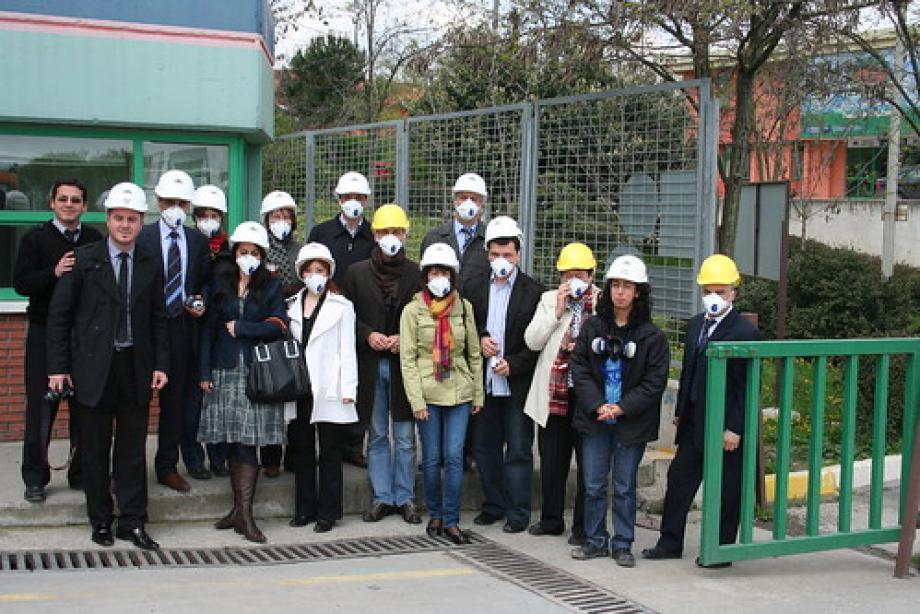The two-years learning partnership project ETRUST comes to a close and on this occasion I would like to reflect on what we did and learned.
The project aimed to improve the well-being and safety of migrant workers by encouraging employers to use effective e-learning content as part of a blended training approach to Health and Safety. We started with researching the laws and regulations of H&S trainings in our countries and Europe. Partners identified and evaluated e-learning content and tools that support Health and Safety training. On that basis, we analysed them and compared these on a European level. This led us to an insight to the situation of e-learning for H&S trainings and the rules of this market.
We tested and evaluated samples of online learning materials on basis of a self-developed course evaluation questionnaire. This was an inspiring process of sharing experiences, discussing different points of view regarding blended learning scenarios and possible tools to engage learners actively.
Due to this project we noticed that e-learning is often not made for learners but for making money and on the learners side, that there is an expectation that the courses have to be simple, short and easy to understand for an instant learning. The potential of e-learning is not/not fully exploited by teachers, trainers, tutors and often used in a non-creative way.
All partners got an insight in the regulations, laws and training settings for Health & Security. The better understanding of that situation raised our awareness of the necessity to open, share and further develop content for a blended learning approach.
This partnership was carried out by three European educational institutions from Poland, Turkey and France, with very different backgrounds (a secondary vocational school, a public training centre and a consultancy), different experiences and knowledge levels.
Thus, we really learned from each other: how to manage a project, how to evaluate and monitor, which tools can be used, about the administrative and educational situations in our countries, cultural differences and how to keep communication going despite of them.
As we all are not experts in Health & Security issues, we had to be very creative and flexible in finding solutions for difficulties which arises during the work on the topic.
In general, all partners enhanced their communication abilities by dealing and accepting cultural differences and professional backgrounds and better understood how this impacts on training and education.
And may be, we’ll work together again…..

